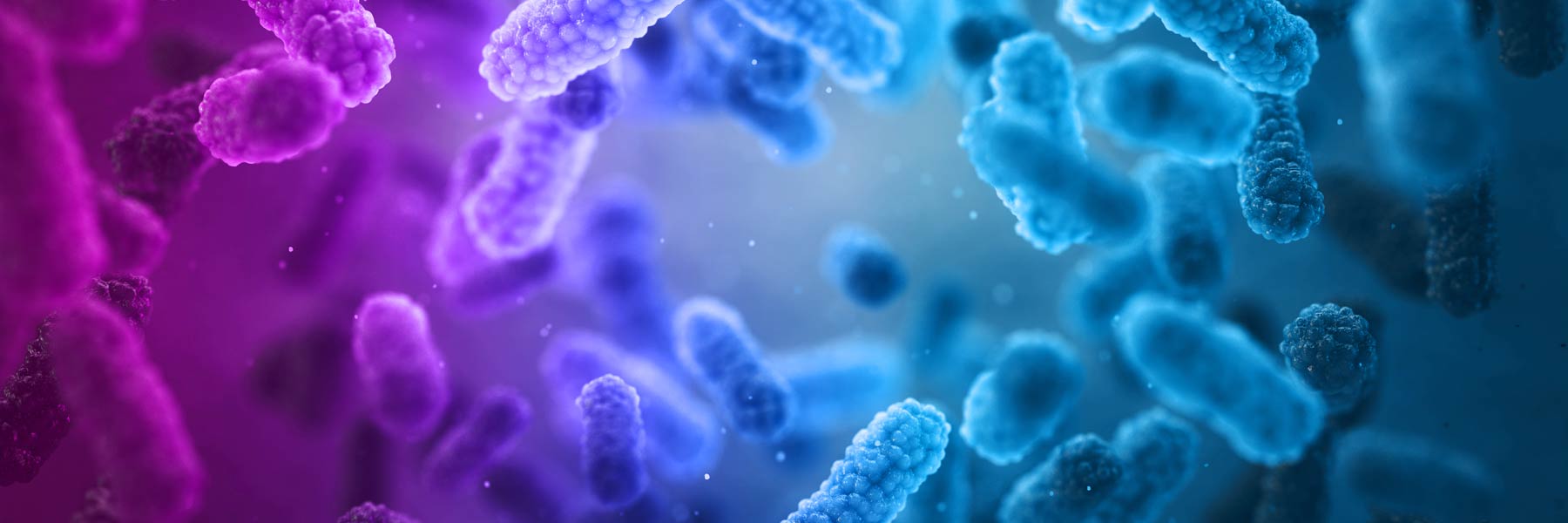2016-08-15
Since the completion of the Human Microbiome Project (HMP), the number of microbiome focused research programs, peer-reviewed publications and patents has grown exponentially. As a result, much progress has been made in understanding the complex relationship between host and microbiome.
However, lack of standard procedures, reference materials and quality control metrics limits reproducibility and comparability of published results, which can lead to discordant data interpretation and false inferences.
I recently participated in the NIST standards for microbiome workshop. The workshop was hosted by NIST and brought together, for the first time, some of the top microbiome researchers in the US, and representatives from other standardization bodies from other countries to discuss how this emerging field might be standardized. While the focus of the agenda was on defining standards for microbiome sequencing there was a lot of interest in standardizing sample collection, stabilization, transport, storage and extraction. We presented our work investigating the impact of the pre-analytical workflow. I’ve summarized some of the key points below.
To optimize a process, you need to know which elements are Critical To Quality (CTQs). To this end, DNA Genotek Scientists and Quality Engineers began a systematic analysis of workflow steps that could influence analytical validity or reproducibility of metagenomic community composition endpoints. A short summary of key CTQs with definitions and how they are measured are listed in the table below.
CTQs for Metagenomics (DNA) |
Definition & Characterization |
Neutrality |
Shifting in microbial community composition relative to control induced by the stabilization agent, noticeable soon after mixing sample and stabilizer. Characterized by comparing test condition to gold standard “ground truth” samples (i.e. freshly collected, immediately extracted) and measuring dissimilarities (Bray-Curtis distances). Requires technical replication to ensure valid statistical analysis. |
Stability |
Shifting or Drifting of microbial community composition relative to control due to overgrowth and/or degradation. Induced by shipping and/or storage conditions and accumulated over time. Characterized by comparing baseline (time=zero) to longitudinally processed time points (14, 30, 60 days), measuring dissimilarities of technical replicates as above (Bray-Curtis distances). |
Extraction Bias |
A shift in microbial community composition relative to control induced by extraction methodology. Typically measured by extracting bacterial cultures with known composition (mock communities) and measuring Bray- Curtis dissimilarities. NOTE: biological matrix (e.g. stool, vaginal mucosa, etc.) is an important influence on extraction outcome, so high performing extraction methods on mock communities should also be benchmarked by assessing reproducibility using multiple technical replicates of the biospecimen of interest. |
DNA yield and integrity |
Extraction efficiency, and integrity of DNA recovered from a biological sample. Measured using mock communities with known microbial biomass, and comparing the proportion of input to recovered nucleic acid. DNA integrity is known to influence PCR efficiency (with shorter fragments amplifying more than longer fragments). This is typically measured using agarose gel electrophoresis. Integrity cut-offs are dependent upon downstream assay. |
Homogeneity |
Concordance among multiple aliquots from a single subject’s sample define its homogeneity. Measured by Bray-Curtis dissimilarity among technical replicates. |
You might be surprised to see that many of these CTQs map back to biospecimen collection. Neutrality, Stability and Homogeneity account for a staggering proportion of observed variability from sampling to sequencing (up to 40%)! It’s also possible to drive the impact of these CTQs almost to zero by using appropriate sampling, stabilization and processing methods.
DNA Genotek has well over a decade of experience tackling these challenges, and launched the OMNIgene product line for microbiome in 2014. If you’d like more information on microbiome-optimized sampling kits, click below. 

